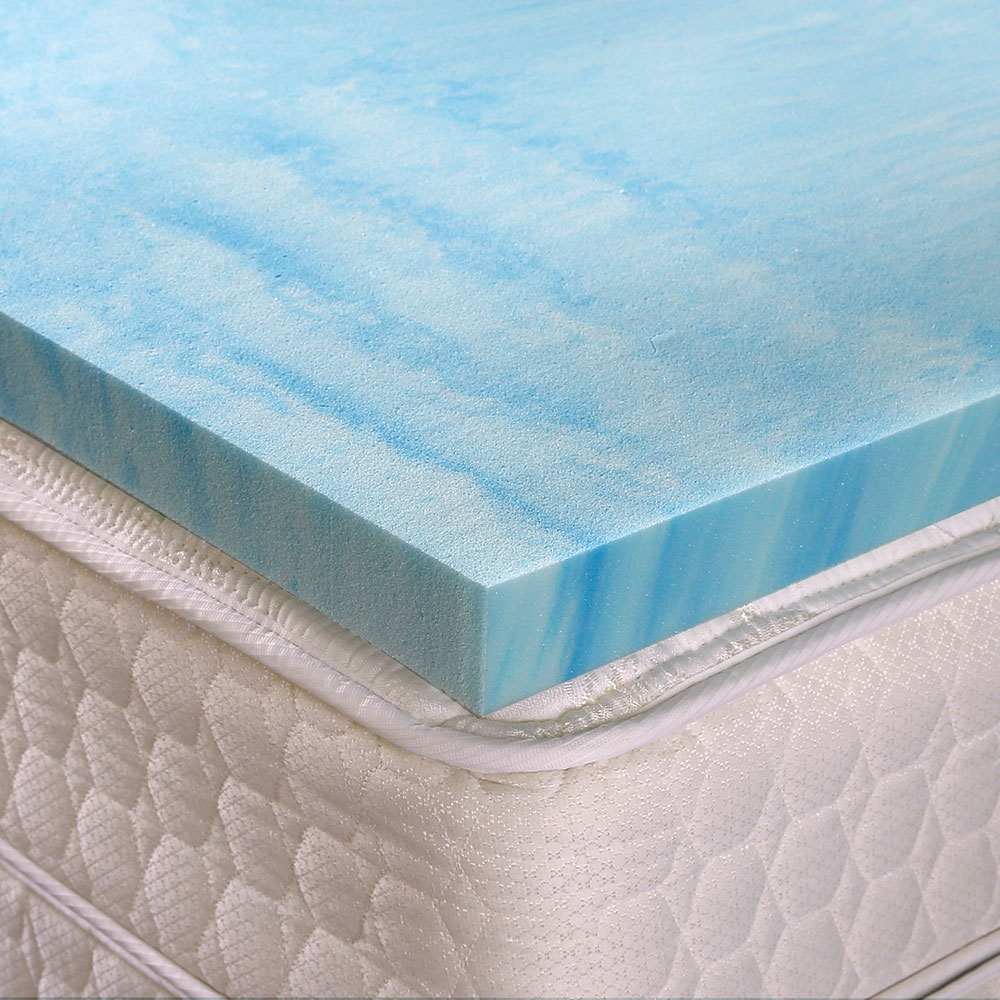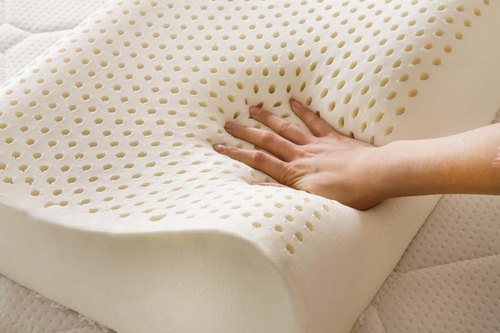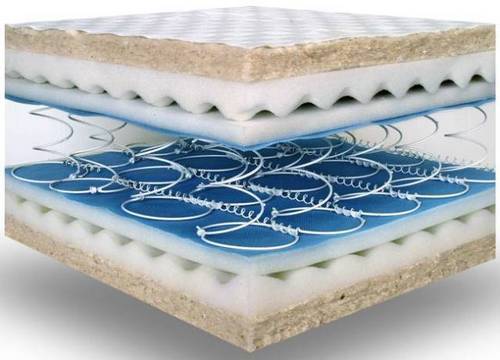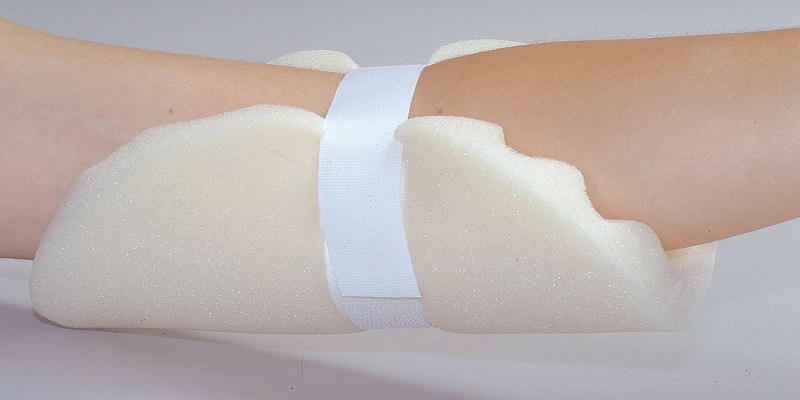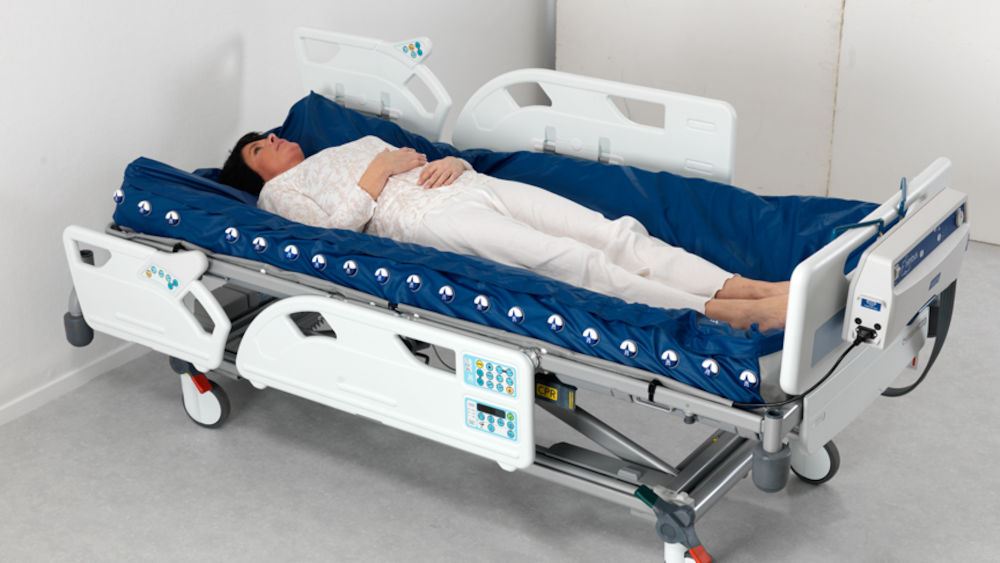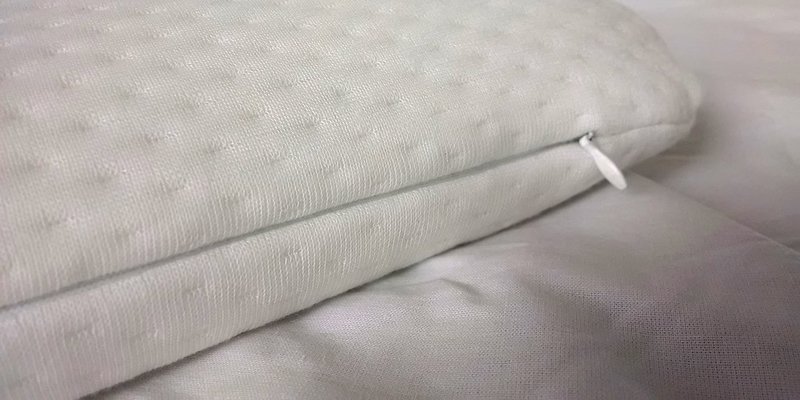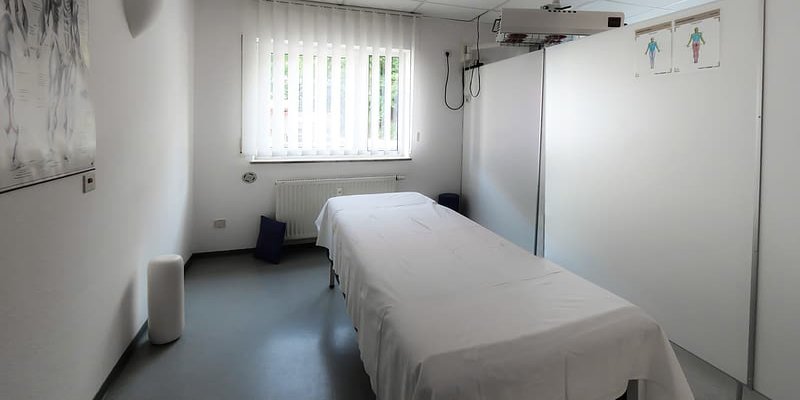
What is the best mattress for Allergies and Asthma?
The symptoms of dust mite allergy, such as coughing, sneezing, wheezing, watery eyes, and itching is similar to the reactions for both asthma and hay fever. In such cases, hypoallergenic mattresses should be used. Such a mattress is the best mattress for allergies and asthma. The best mattress for allergies is the one that does not let dust mites breed and exist.
If you wake up with watery eyes, sneezing, or coughing, chances are your mattress is the reason for such allergies. Dust mites are the first reasons behind triggering allergy in the bedroom. Dust mites do not affect your allergies directly, but their droppings face proteins, which might be the reason behind your asthma or allergic reaction.
Also Read – Explain Briefly About the Use of Hospital Air Mattress
What Causes Allergic Asthma in Bed?
If you are wondering what causes allergic asthma in a bedroom, you should know that there are four main culprits for doing so. An innerspring mattress contains faecal matter from dust mites, so it does not make for the best mattress for allergies and asthma. Another reason is the quality of the mattress. If you buy a cheaper mattress, chances are its corners have been cut using synthetic, affordable materials that might be causing allergic asthma.
One more reason for respiratory issues and allergy is the growth of mildew and mold if you live in an environment rich in moisture or are a sweaty sleeper. A common reason for the same is allowing your pet to sleep on your bed. Your pet goes outside to play and comes back with environmental allergens, which may be the reason behind your allergy. If you are wondering what the most hypoallergenic mattress helping with these issues is, then know that such a mattress prevents dust mites for entering the mattress.
Best Types of Mattresses for Allergy Sufferers
We shed one pound of skin each year and lose 0.5 pints of moisture per night. It makes for a perfect environment for dust mites to breed. As mentioned above, the droppings of these tiny creatures are the reason behind allergic and respiratory issues. So, the best mattress for allergies and asthma would be the one that would prevent the penetration of these creatures in it.
It is why the best mattress for asthma is without springs and coil and made of memory foam or natural latex. Most of the mattresses being sold currently are made of allergy-resistant materials and fabrics, but memory foam allergy sufferers mattress and latex mattress are better at preventing allergies.
If you sleep hot, you should not choose a memory foam mattress as it tends to envelop the body. On the other hand, all-latex mattresses or organic latex mattresses made of natural material are cooler and naturally resist mold, mildew, and dust mites.
Also Read- How To Choose Right Mattress For Back Pain?
The worst kind of mattress would be innerspring mattresses because of their open construction, which provides ample space for dust mites to thrive. You can also put a waterproof cover on your mattress from protecting it from accidental water spills, moisture seeping in, and dust mites.
There are Five Types of Mattresses for Allergies and Asthma–
-
Memory Foam Mattress
-
Latex mattress
-
Hypoallergenic mattress
-
Innerspring mattress
Why Should I Choose These 5 Mattresses for Allergies and Asthma ?
-
By sleeping on a memory foam mattress, allergy sufferers find relief. First of all, such a mattress takes contours to the curves of your body and since they do not have coil and spring in between, the risk of allergens and dust mites to thrive in your bed reduces. However, if you are a hot sleeper, such a mattress would heat up, disturbing your sleep.
-
Gel foam mattresses are foam mattresses that have a layer of gel on the top. It prevents the mattress from heating up. So, you can sleep on a snug mattress that keeps the temperature maintained and prevents dust mites.
-
The latex mattress is the best mattress for asthma as well as the best mattress for allergies because it is made of entirely natural materials that are mold, dust mites, and mildew resistant. Furthermore, these mattresses provide even distribution of body weight and very comfortable sleeping experience.
-
A hypoallergenic mattress is made of a material that not only keeps the temperature of the mattress cool keeping bacteria, mold, etc. at bay but also is impermeable for dust mites. Such a mattress may even be encased in naturally allergen-resistant material, such as cotton.
-
Innerspring mattresses are not suitable for people with an allergy because the cavity and the temperature allow dust mites, mold, and bacteria to breed. However, putting a cover that prevents penetration or any moisture or organism may help.
What is the Best Hypoallergenic Mattress for Asthma?
The best hypoallergenic mattress for asthma would be the one that lets air pass to keep the mattress fresh and dry as well as the one made up of material, which mold, mildew, and dust mites cannot penetrate and survive in.
If you are wondering what the most hypoallergenic mattress is, then you should know that hypoallergenic mattresses prevent triggering of an allergic reaction, anti-allergy mattresses have been treated to avoid progressions from allergens altogether, while non-allergic ones are known not to cause any allergic reaction but allergens may reside in it.
Mattress Buying Guides for Allergies and Asthma
While choosing the best mattress for allergies and asthma, go for hypoallergenic ones since their sole purpose is to prevent allergic reactions and asthma. An asthma-friendly mattress should also possess certain features to ensure a peaceful sleep, which is mentioned below.
- Material – Synthetic, natural, or mix of both
- Firmness
- Temperature
- The density of the top layer
- No harmful chemicals used
- Cavities in the mattress
- Budget
- Durability
Selecting Your Mattress Type
An asthma-friendly mattress will not have cavities that provide room for growth of allergens, mold, and bacteria. A mattress that is hot and contains moisture makes for an excellent breeding environment for allergens. Therefore, the best mattress for allergies and asthma would allow the air to pass for ensuring that the mattress is cool as well as dry.
Other Considerations for Allergies and Asthma
An essential factor to consider while choosing the best mattress for asthma is that it should not contain harmful chemicals. Cheaper beds are usually treated with strong chemicals that emit gases and aggravate allergy symptoms. So, it would help if you chose a naturally made mattress. The best mattress for allergies and asthma should come from a trustworthy brand as well as necessary industry testing and certification.
Mattress Buying Tips for allergies and Asthma
-
An asthma-friendly mattress should not be treated with any chemicals and made of natural materials.
-
The best mattress for asthma may be an expensive and substantial investment. So, always choose a mattress from a trustworthy brand which also offers a decent warranty period.
-
Avoid buying a mattress with coils, springs, and pillows as they provide space for allergens to breed if you suffer from asthma or allergy.
-
Lastly, make sure that the mattress is suitable according to your body weight, height, and sleeping pattern. If you are a side sleeper, a memory foam mattress or latex mattress will suit you the most.
If you have asthma or allergic reactions, going for the best mattress for allergies and asthma will help you a lot. The best mattress for allergies should be a hypoallergenic one that provides you with the utmost comfort while sleeping.
Also Read- The Ultimate Guide On The Best Mattress For Adjustable Bed

